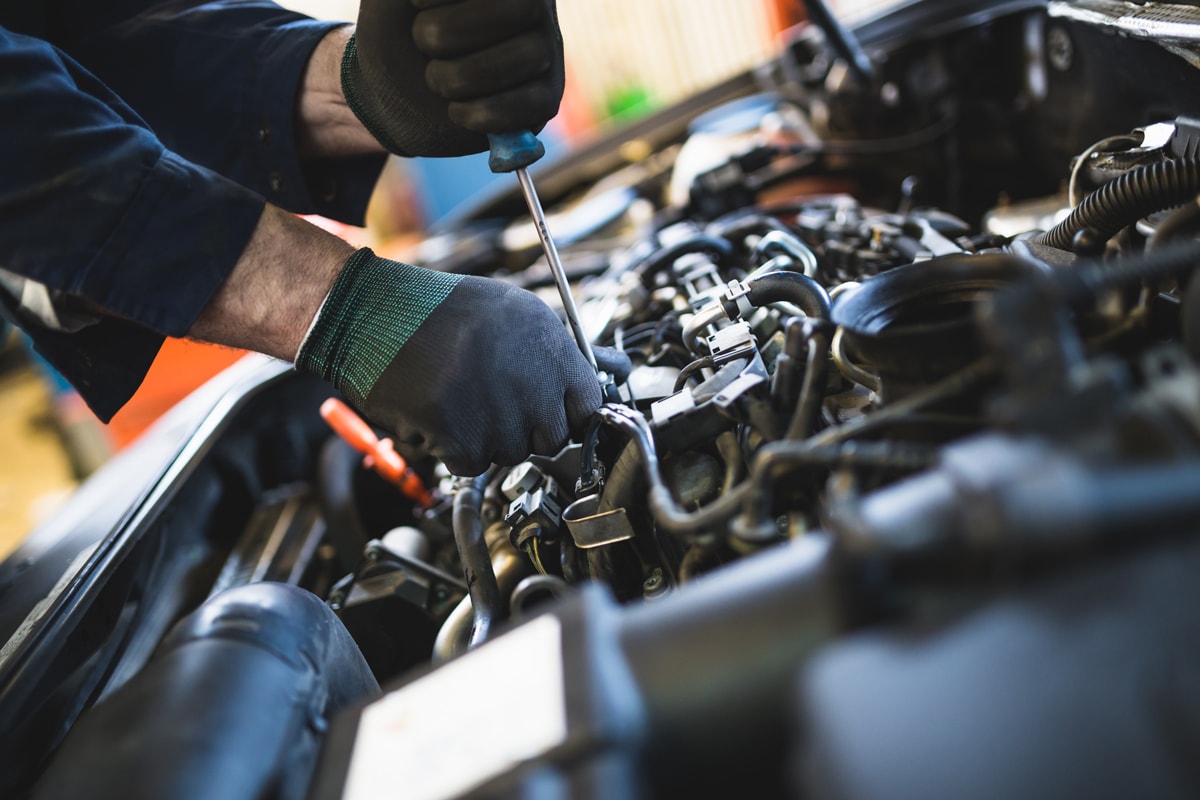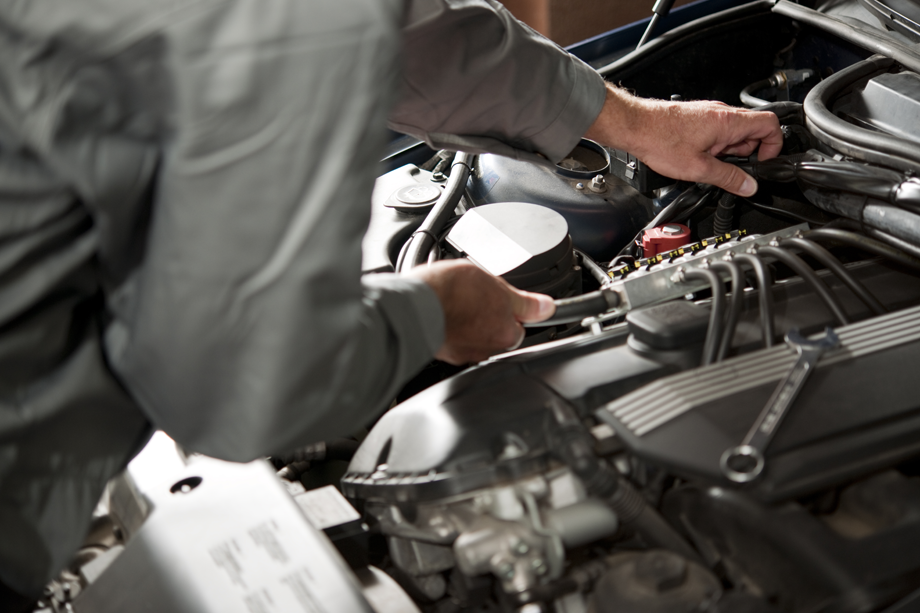All Categories
Featured

When it comes to automobile repair services, among one of the most considerable choices you'll face is whether to select Original Tools Manufacturer (OEM) parts or aftermarket parts. Both choices use unique advantages, but they likewise include some trade-offs. Understanding the differences between these two kinds of components can aid you make an extra enlightened decision, ensuring your lorry remains in top shape while fitting within your budget plan. Listed below, we discover the benefits and considerations of both OEM and aftermarket components to aid you pick the right alternative for your following lorry fixing.

What Are OEM Parts? OEM parts are made by the very same firm that made the components in your vehicle when it was very first constructed. They are developed particularly for your make and model, ensuring excellent compatibility and high-quality performance. Because OEM parts are the exact same ones used in the original setting up of your car, they tend to satisfy the very same high standards established by the maker.
One of the key benefits of picking OEM components is the guarantee of quality and reliability. These components are commonly backed by a guarantee, using defense versus issues or early failing. Utilizing OEM parts for repair work can help make sure that your service warranty remains legitimate if your lorry is still under warranty. Additionally, because OEM components are created to fit exactly, there's less risk of installment concerns or future issues.

What Are Aftermarket Parts? Aftermarket parts, on the other hand, are created by third-party suppliers who may not be directly affiliated with the automobile's original manufacturer. These parts are developed to fit a variety of cars and are typically less costly than OEM components. While several aftermarket components are of high quality, they can differ substantially in between suppliers.
Considering that these parts are mass-produced and don't have the same expenses prices as OEM components, they are typically priced reduced. In addition, aftermarket parts can offer boosted efficiency or visual enhancements over OEM parts.
Benefits of OEM Components. Guaranteed Fit and Top quality: OEM parts are created to meet the specific specs of your vehicle, making certain a perfect fit and maintaining the efficiency standards that the producer planned. Service Warranty: Numerous OEM components feature a service warranty, supplying assurance in case the component is malfunctioning or stops working too soon. Resale Value: If you intend on selling your cars and truck, making use of OEM components can help keep its resale value given that possible buyers frequently search for cars that have actually been fixed with initial parts. Lorry Integrity: Making use of OEM parts helps make certain that your automobile remains to carry out as planned by the supplier, maintaining it in optimum problem. Advantages of Aftermarket Parts. Reduced Price: Aftermarket parts are commonly a lot more affordable, which can be a substantial factor to consider if you get on a budget plan or seeking to conserve cash on repair services. Selection and Modification: Aftermarket components supply a wide array of choices, especially for performance upgrades or aesthetic changes, allowing you to personalize your vehicle or boost its performance. Wide Accessibility: Aftermarket components are normally simpler to find than OEM components, especially for older automobiles or hard-to-find components. Efficiency Enhancements: In many cases, aftermarket parts are made to give exceptional efficiency, such as better brakes or higher-flow air filters that boost horsepower. Downsides of OEM Parts. Greater Expense: OEM components often tend to be extra pricey than aftermarket alternatives, which might be a disadvantage for vehicle proprietors on a limited budget. Restricted Options for Modification: OEM components are created to change the original components without improvements, so they may not use performance upgrades or visual changes. Schedule: Depending on the make and model of your car, OEM components can occasionally be challenging to locate, especially if your cars and truck is older or has been ceased. Drawbacks of Aftermarket Parts. Inconsistent Quality: The high quality of aftermarket components can differ substantially between suppliers. While some are made with premium products, others may be less resilient or badly constructed, which might cause faster deterioration. Prospective Fitment Issues: Aftermarket parts might not always fit your car as specifically as OEM parts, bring about feasible compatibility issues or additional job during installation. Service Warranty Issues: Making use of aftermarket parts may void your maker's service warranty or lead to difficulties if a failing takes place that relates to the aftermarket component. Exactly how to Make a decision Between OEM and Aftermarket Components. Picking between OEM and aftermarket components relies on a number of aspects, including your budget, the age and problem of your automobile, and your certain repair work needs.
Budget: If price is your key concern, aftermarket parts are commonly the more affordable choice. It's vital to evaluate the lasting value of your decision. You might finish up spending extra in the long run if you opt for a cheaper aftermarket part that does not carry out well or requires frequent substitutes. Lorry Age and Problem: For more recent cars still under service warranty or those in excellent condition, OEM parts are generally recommended to keep the vehicle's integrity and guarantee it remains to run as planned. For older cars, aftermarket components might supply a more budget-friendly option without compromising performance. Repair work Type: Some fixings, especially safety-related components like airbags or brake systems, are best managed with OEM parts to ensure optimum safety and integrity. For non-essential repair work or performance upgrades, aftermarket parts might supply an excellent balance between expense and efficiency. Final thought. The choice between OEM and aftermarket parts depends on your details requirements, choices, and spending plan. While OEM components use assured high quality and dependability, aftermarket parts offer expense financial savings and the possibility for performance enhancements or modification. By thoroughly taking into consideration aspects like the nature of the repair work, the age of your vehicle, and your monetary scenario, you can make an informed option that ensures your vehicle stays in leading problem without damaging the bank. Always seek advice from a trusted technician to establish the ideal option for your repair service needs.
Latest Posts
Reputable Industrial Roof Covering Services by Weathercraft
Published May 25, 25
1 min read
Uncover the Best Auto Repair Coupons in Montclare, Chicago
Published May 23, 25
1 min read
How to Know When Your Car Needs Skilled Car Repair at Montclare Auto Repair
Published May 23, 25
1 min read